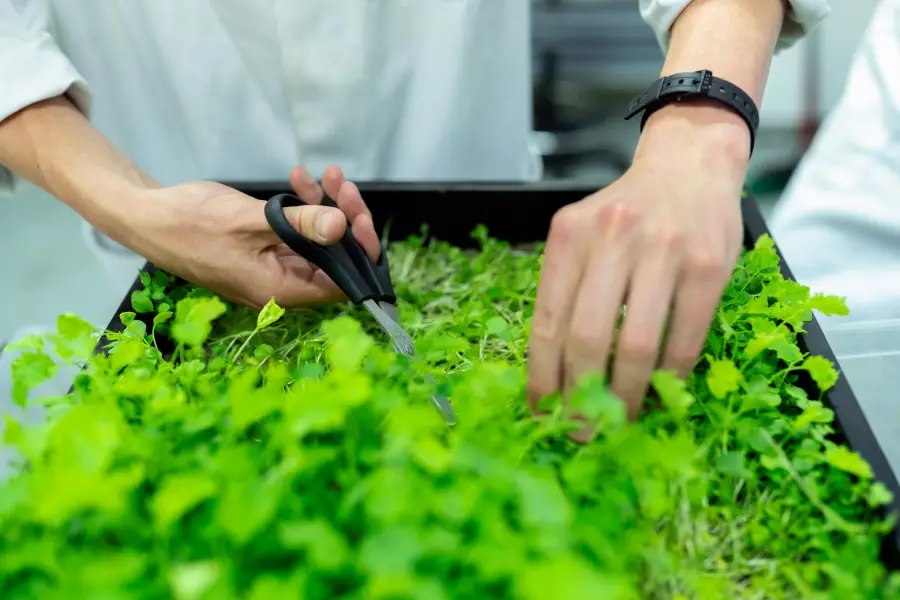Agricultural Research Advancements Reduce Land Use and Support Biodiversity Conservation

A study from Purdue University, published in the Proceedings of the National Academy of Sciences, examines the impact of improved agricultural technologies on land use, biodiversity, and food production. Led by Uris Baldos, the research analyzed data from 1961 to 2015, finding that advancements in crop varieties reduced global cropland use, preserved terrestrial carbon stocks, and mitigated biodiversity loss.
The study identified that improved crop varieties contributed to the preservation of 1,043 plant and animal species, with 80% of avoided losses occurring in major biodiversity hotspots. Agricultural land use declined by over 39 million acres, while production increased by 226 million metric tons, leading to a nearly 2% drop in crop prices.
A significant portion of these gains was attributed to the Consultative Group on International Agricultural Research (CGIAR), which accounted for 47% of production increases in developing countries. These technologies also helped reduce greenhouse gas emissions and biodiversity loss.
The research utilized Purdue’s SIMPLE-G model, integrating satellite data and long-term datasets on crop variety adoption. Unlike previous studies focused on broader regions, this study employed fine-scale spatial resolution to assess biodiversity impacts more accurately.
The findings highlight the importance of continued investment in agricultural research to sustain productivity gains, enhance global food security, and minimize environmental impacts. The study was supported by the U.S. Agency for International Development and the USDA Economic Research Service.


Responses